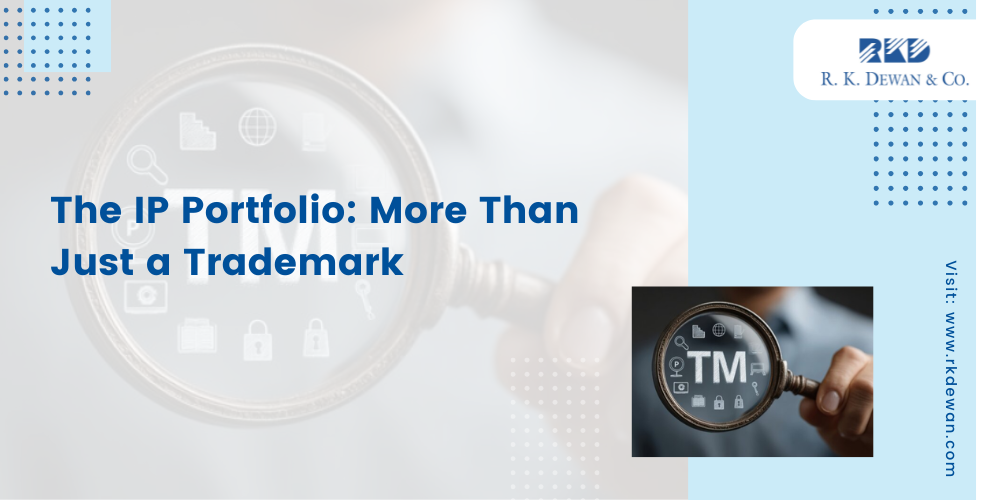A robust franchise system licenses multiple IP assets in a bundled package. Each category requires careful thought in the licensing framework.
1.Trademarks (Brands and Logos)
This is the most visible and valuable IP asset of any franchise. Think of McDonald’s Golden Arches or Haldiram’s logo, one glance tells you exactly what to expect. For the franchisor, the risk is clear: if one outlet delivers poor quality, the goodwill of the entire brand suffers.
Licensing trademarks at scale requires:
- Quality control clauses: The agreement must allow the franchisor to monitor and audit franchisee operations. For instance, Domino’s in India runs strict food quality checks through both audits and mystery customers.
- Territorial clarity: Franchisees must know their exact rights. A master franchisee for North India should not interfere in the South India franchisee’s territory.
2.Trade Secrets (Proprietary Know-How)
Much of a franchise’s success lies in its secret sauce literally and figuratively. This could be recipes, methods, supply chain processes, or customer insights.
For example: KFC’s chicken recipe is famously guarded as a trade secret. In India, local spice customization is added, but the base process is still strictly controlled.
Franchise agreements must:
- Impose confidentiality obligations during and after the term.
- Restrict employee sharing between competing outlets to prevent “leakage.”
- Allow information to be shared only on a “need-to-know” basis.
3.Copyrights (Manuals, Training Materials, Marketing Collateral)
Every serious franchise has an Operations Manual the bible of the system. This manual, whether in hard copy or digital form, is protected by copyright.
For example, Amul’s franchise parlours may follow a detailed operations manual that sets out layout, product display, and customer service requirements. Unauthorized copying or adapting of such manuals dilutes control and is legally actionable.
Large-scale franchisors often use digital platforms with access controls, ensuring franchisees always use the latest version of training material, while preventing unauthorized reproduction.
4.Design Rights (Store Layouts and Presentation)
The “look and feel” of a franchise outlet uniform colour schemes, interiors, product packaging creates instant recognition.
For instance, a Starbucks café in Mumbai must look and feel the same as one in Seattle. This consistency is often protected by registered design rights or copyright. Licensing must strictly specify fit-out requirements, approved vendors, and approval processes.
5.Patents (Proprietary Equipment or Processes)
Though less common, some franchises rely on patented equipment or technology.
For example: Certain coffee vending machines used by Café Coffee Day may be patented innovations that ensured uniform taste. In such cases, franchisees are only licensed to use the equipment not to replicate or resell it.
Scaling the Licensing Framework: Key Strategic Considerations
Managing IP across a sprawling franchise network requires three things: standardization, enforcement, and adaptability.
I.Standardization and Uniformity
At scale, you cannot negotiate different terms for every franchisee. A standard franchise agreement is critical.
Essential IP clauses include:
- Grant of License: Clear description of all IP being licensed.
- Ownership Affirmation: The franchisee must acknowledge that all IP belongs exclusively to the franchisor.
- Quality Control: Right of the franchisor to inspect, audit, and demand compliance.
- Confidentiality: Obligations on employees and contractors, continuing even after the franchise ends.
For example: Subway in India may use one uniform agreement template for all outlets, making quality audits and enforcement much easier.
II.Robust Auditing and Compliance
In a large network, passive licensing leads to disaster. A hands-on compliance strategy is essential.
- Operational Audits: Scheduled and surprise checks, often via independent agencies.
- Digital Monitoring: Franchisees’ online marketing is checked for unauthorized logo use or deviation from brand guidelines.
- Self-Reporting: Franchisees are obliged to report counterfeit or infringing activity in their territory.
For instance, Nike’s franchisees in India may contractually be bound to report fake “Nike” sellers in their local markets.
III.Strategic Internationalization
When franchising crosses borders, the legal terrain changes.
- IP Registration: The franchisor must register trademarks, designs, or patents in each target country before granting licenses.
- Governing Law & Dispute Resolution: Arbitration clauses are widely used to handle disputes efficiently across jurisdictions.
- Localization of Clauses: Non-compete obligations or confidentiality standards may need tweaking. For example, in the EU, employment and competition laws place stricter limits on franchise non-competes than in India.
A good illustration is Barbeque Nation, which has expanded into the Middle East. It had to ensure its IP licensing complied with UAE’s stricter food safety and branding laws while keeping core Indian brand identity intact.
Scaling a franchise is not merely about rolling out outlets. It is about scaling IP rights management. Without a standardized, enforceable, and adaptable IP licensing strategy, even the strongest brand can crumble under the weight of inconsistency or infringement.
Franchising in India and globally is moving beyond “name renting” to licensing a full ecosystem of IP: trademarks, trade secrets, copyrights, designs, and patents. A franchisor who treats IP licensing as the foundation of the franchise system, and invests in both legal safeguards and operational monitoring, will protect not just their brand but the entire long-term value of the franchise network.


